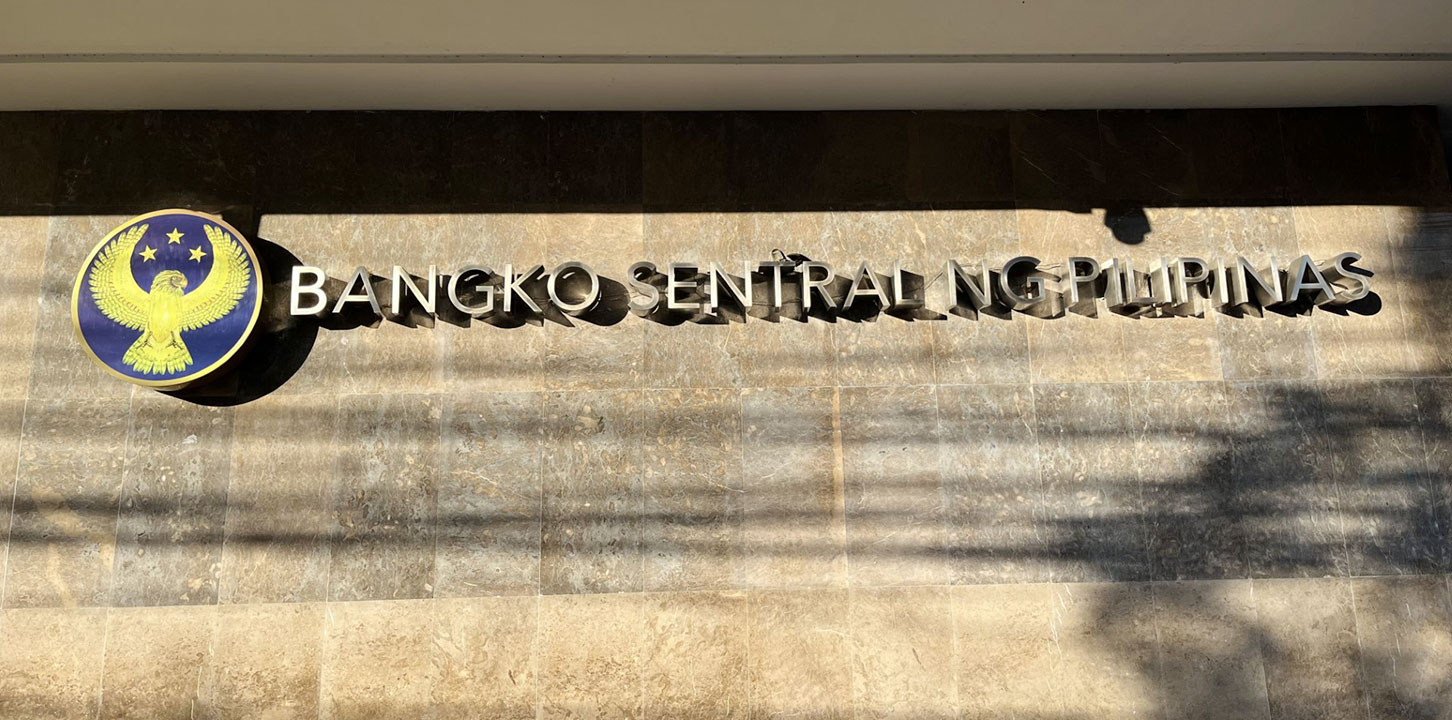RRR cut unlikely by 3rd quarter — BSP’s Remolona

THE BANGKO SENTRAL ng Pilipinas (BSP) is seeking to reduce banks’ reserve requirement ratio (RRR) soon, but this is unlikely to happen by the third quarter of this year.
Analysts also cautioned that cutting lenders’ reserve requirement should be timed properly to prevent fanning inflationary pressures.
“We want to eventually reduce the reserve requirement, but we’re trying to figure out the right timing for doing that,” BSP Governor Eli M. Remonola, Jr. told reporters on Monday.
“We will raise it at the Monetary Board meeting at some point soon — when to do it and how much would be reduced but that’s one of the things we want to do going forward.”
Asked if he expects to reduce the reserve requirement by the third quarter, Mr. Remolona said this was “unlikely.”
The RRR is the percentage of bank deposits and deposit substitute liabilities that banks cannot lend out and must set aside in deposits with the BSP.
The BSP has already brought down the RRR for big banks to a single-digit level last year from a high of 20% in 2018.
In June 2023, the BSP slashed the ratio for big banks and nonbank financial institutions with quasi-banking functions by 250 bps to 9.5%.
ING Bank N.V. Manila Senior Economist Nicholas Antonio T. Mapa said that the move to lower the reserve requirement ratio is welcome but “must be timed properly.”
“This is the reason why Mr. Remolona indicated that the reduction may be after the third quarter as any lowering should come after the BSP has shifted to easing,” he said in an e-mail.
“This is because the BSP learned its lesson from the past when they lowered the ratio at a time when they were hawkish, which led to confusion and negative market reaction,” Mr. Mapa added.
Mr. Remolona on Monday said the Monetary Board could cut rates as early as the third quarter if data show an inflation downtrend and weak economic growth.
“I think the rate cuts are more of the spotlight at this point. Mr. Remolona did mention about finding the right timing for the RRR cut and I personally feel that the time is not yet ripe,” Ruben Carlo O. Asuncion, chief economist at Union Bank of the Philippines, Inc., added.
Meanwhile, John Paolo R. Rivera, president and chief economist at Oikonomia Advisory & Research, Inc., warned that the RRR cut could stoke inflation if ill-timed.
“Lowering the RRR later this year alongside expected lowering of policy rate would reinforce economic growth through increased spending brought about by greater money supply in the economy,” he said in a Viber message.
“However, it will cause inflationary pressures. Perhaps it can be done once inflation has stabilized and there is indication that economic growth figures will fall short of target,” he added.
Headline inflation quickened for a second straight month to 3.7% in March from 3.4% in February.
The central bank has said that inflation may temporarily accelerate above the 2-4% target over the next two quarters as upside risks remain.
The BSP expects inflation to average 3.8% this year, higher than its earlier projection of 3.6%. It also raised its risk-adjusted inflation forecast to 4% from 3.9% previously.
Rizal Commercial Banking Corp. Chief Economist Michael L. Ricafort said that the central bank must effectively manage liquidity in the financial system by “properly timing future RRR cuts to eventually align with other Asian countries, to prevent source of inflationary pressures.”
Mr. Ricafort said an RRR cut is also still possible this year or next year if economic and monetary conditions are right.
“Reserve requirement cuts would increase banks’ loanable funds and would also help reduce intermediation costs, (which) would help stimulate more demand for loans and credit that would increase investments and other economic activities,” he added. — Luisa Maria Jacinta C. Jocson
